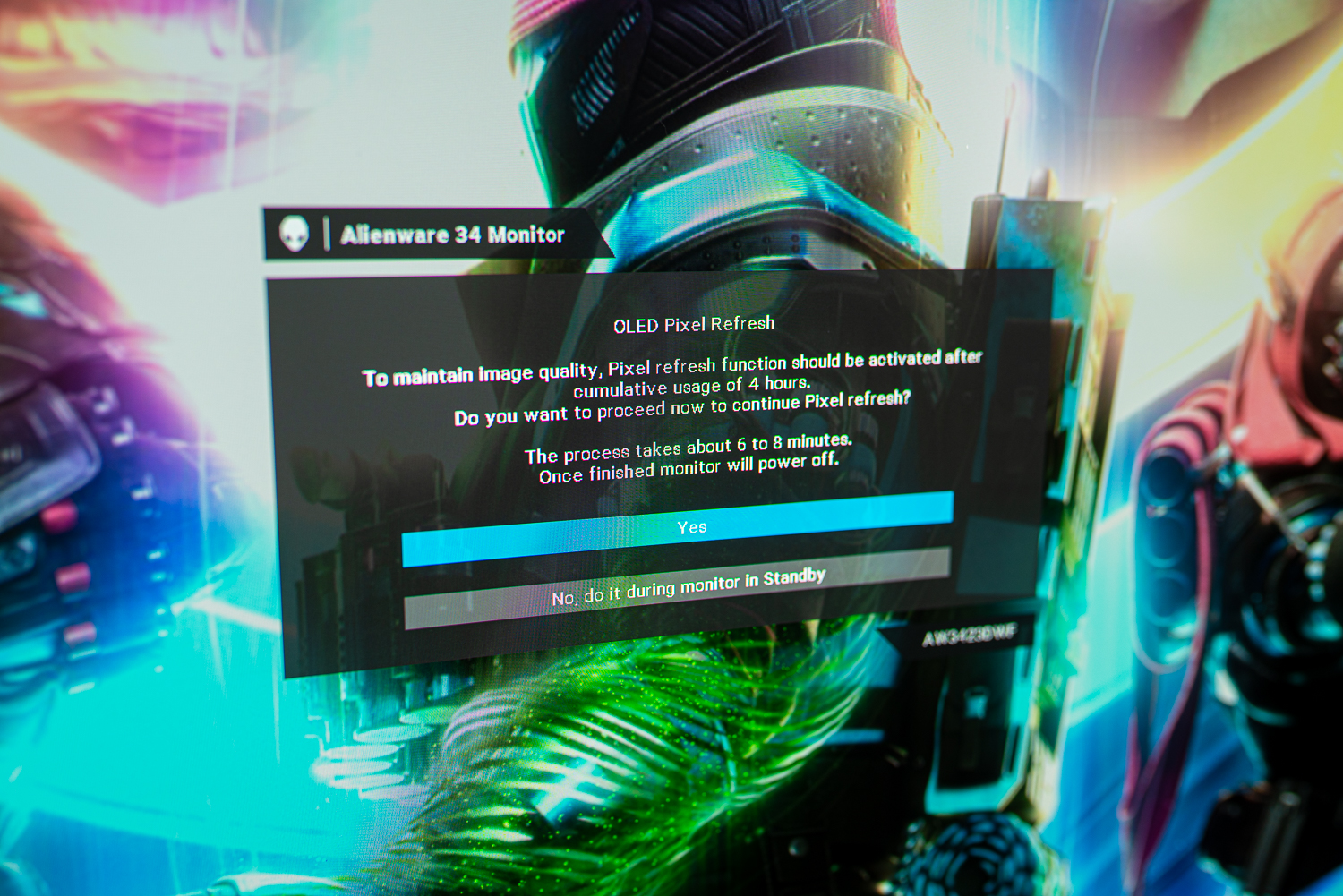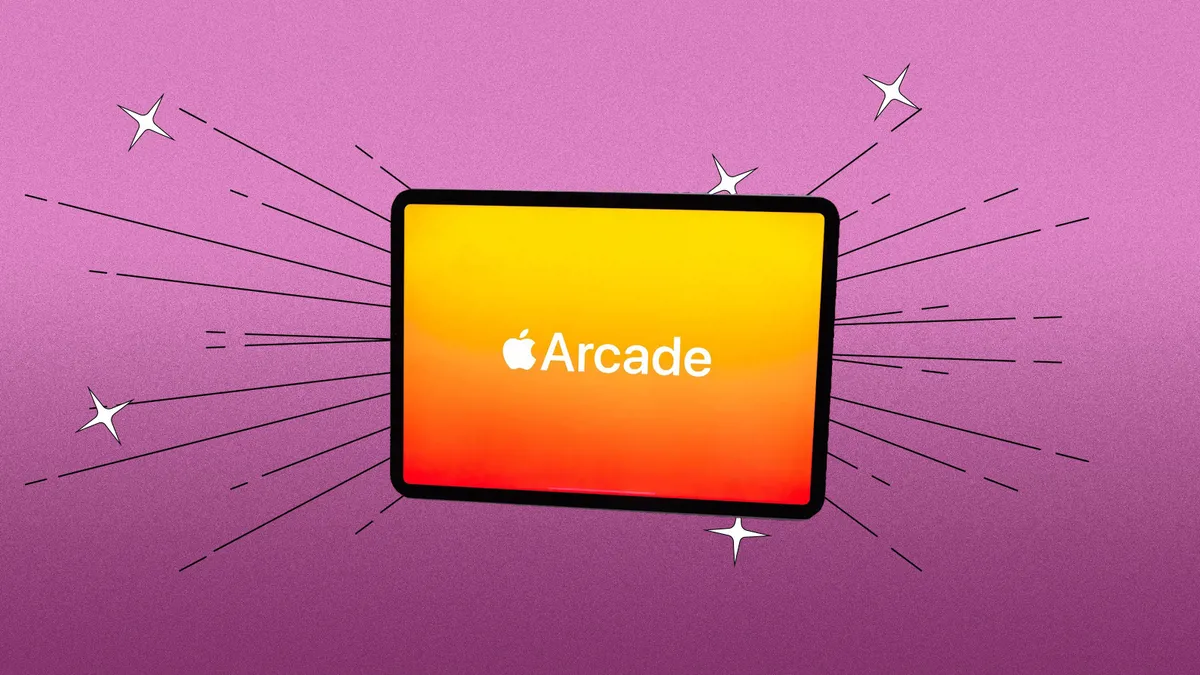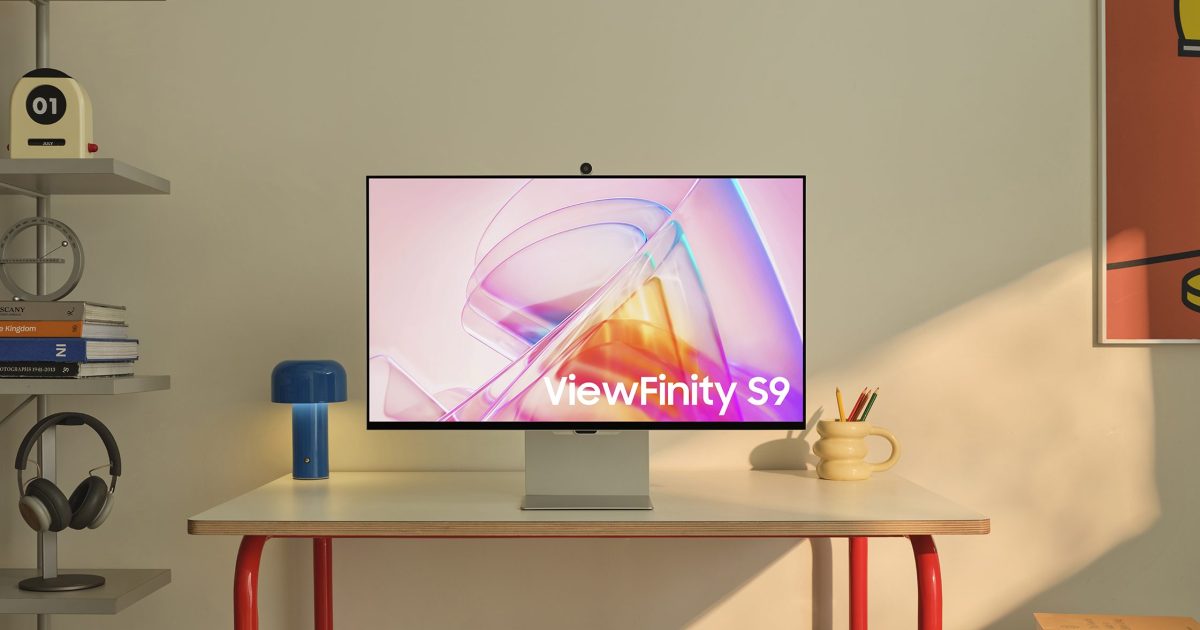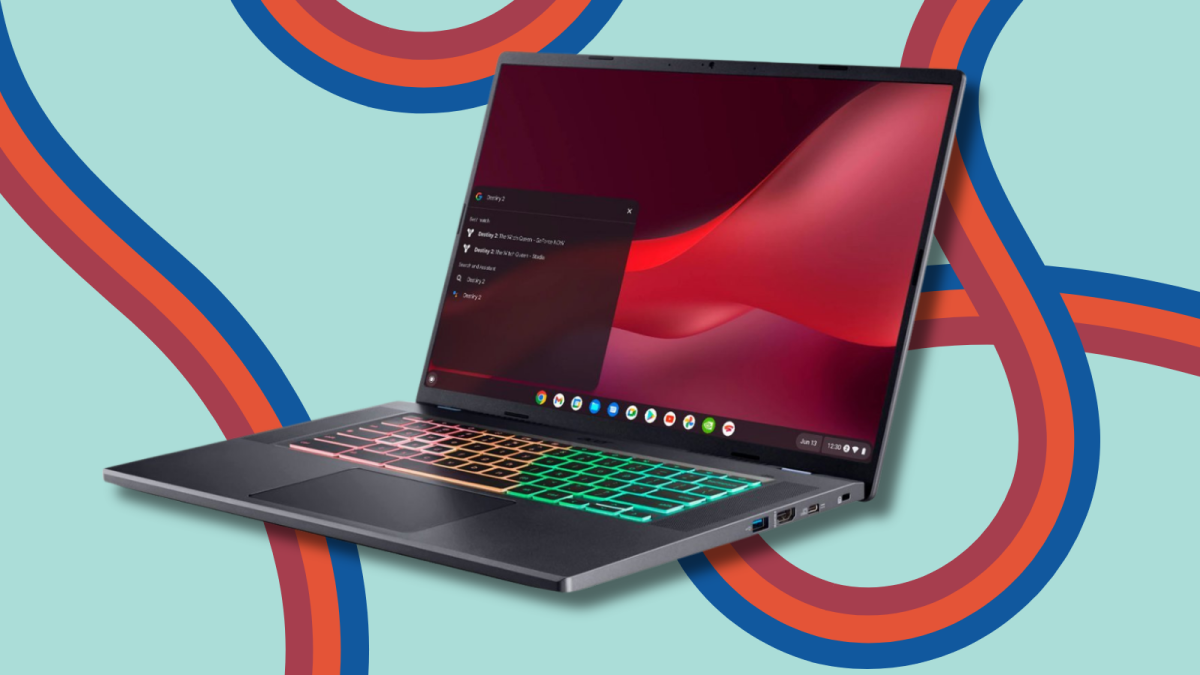Steam Deck OLED:问题和应对策略
Steam Deck OLED是一款非常出色的设备,但最近的老化测试表明预防功能的重要性
“`html
The Steam Deck OLED requires burn-in protection.

The highly anticipated Steam Deck OLED has recently come under scrutiny for its burn-in issues. YouTuber Wulff Den conducted a test that revealed the OLED display suffered burn-in after 1,500 hours of usage, a significantly shorter time frame compared to the Nintendo Switch OLED. These findings raise concerns about the longevity and durability of Valve’s handheld gaming device.
How Quickly Does Burn-In Occur?
Wulff Den’s testing showed that the Steam Deck OLED developed burn-in within just over 63 days, while The Phawx discovered burn-in after only 750 hours of usage at maximum HDR brightness. However, it’s important to note that these tests simulate accelerated stress conditions. In real-world usage, with a variety of dynamic content on the screen, burn-in is less likely to occur within such short time frames. Leaving a static image on the screen 24/7 is not a typical usage scenario for most users.
Missing Safeguards on the Steam Deck OLED
Wulff Den’s testing sheds light on critical safeguards missing from the Steam Deck OLED. Unlike many OLED displays, the Steam Deck OLED lacks features such as short-term and long-term pixel cleaning and static element dimming. Monitors like the Alienware 34 QD-OLED implement these features to prevent burn-in over time. Similarly, OLED TVs incorporate pixel shifting to distribute stress across neighboring pixels, ensuring the longevity of the display.
Brightness and Burn-In Risk
The Steam Deck OLED’s significantly higher brightness levels play a significant role in the accelerated burn-in. With peak brightness up to 1,000 nits in HDR, comparable to dedicated OLED gaming monitors, the organic material in the display undergoes more strain and degradation. In contrast, the Nintendo Switch OLED, with a maximum brightness below 400 nits, experiences less risk of burn-in. However, it’s worth noting that most users do not run their devices at maximum brightness consistently.
- 《Fortnite 第5章 第2季:神话与凡人 – 创纪录的开局 🎮》
- Steam Deck OLED在1500小时后存在烧屏风险
- 《Ghost of Tsushima 主编版》即将登陆 PC:杰作降临您的硬盘上!🎮💻
Valve’s Warranty and Future Considerations
Valve offers a one-year limited warranty for the Steam Deck OLED, which is standard for most electronic devices. While burn-in is unlikely to occur within this initial period, it does raise concerns about the long-term durability of the device. Major monitor brands like Alienware, MSI, Asus, Gigabyte, and LG have responded to similar issues by extending their OLED display warranties to two or even three years. A longer warranty combined with the implementation of mitigation features would provide users with greater peace of mind.

Conclusion: Balancing Risks and Benefits
While the Steam Deck OLED has garnered immense excitement due to its flexibility, performance, battery life, and stunning display, the burn-in issues should not be ignored. While it is unlikely for average users to experience burn-in within the first year of owning the device, the absence of certain protective features raises concerns about the long-term viability of Valve’s handheld. Considering the significant brightness capabilities of the Steam Deck OLED, it is essential for Valve to implement additional safeguards and extend the warranty for the display.
Q&A
1. How long does it take for burn-in to occur on the Steam Deck OLED?
Based on testing, burn-in can occur on the Steam Deck OLED within approximately 63 days of continuous usage. However, it’s crucial to note that these tests utilize accelerated stress conditions, and in real-world usage, burn-in is less likely to occur within such short time frames.
2. Does running the Steam Deck OLED at maximum brightness increase the risk of burn-in?
Yes, running the Steam Deck OLED at maximum brightness significantly increases the risk of burn-in. Higher brightness levels place more strain on the organic material in the display, accelerating its degradation. However, most users do not consistently run their devices at maximum brightness.
“““html
3.其他OLED显示屏会受到烧屏问题的困扰吗?
尽管烧屏是OLED显示屏的潜在问题,但许多制造商都会采取防范措施来减少或预防烧屏现象。像像素清理、静态元素调暗和像素移位等功能通常会应用在OLED显示器和电视上,以延长其使用寿命并减轻烧屏风险。
4. Valve的保修政策是否覆盖Steam Deck OLED的烧屏问题?
Valve为Steam Deck OLED提供一年有限保修,涵盖正常使用下的屏幕问题。然而,在拥有的第一年内烧屏的可能性是不大的。一些主要的显示器品牌已对类似问题做出回应,他们延长了对OLED显示屏的保修期,为用户提供额外的烧屏保护。
5.我需要担心我的Steam Deck OLED会出现烧屏问题吗?
尽管Steam Deck OLED上的烧屏问题令人担忧,但没有必要惊慌。普通用户在设备上使用各种内容,并且不会连续以最大亮度运行设备的话,短时间内很少会遇到烧屏问题。然而,Valve应该考虑实施额外的保护措施并延长保修期,以解决长期耐久性问题。
参考文献: – Steam Deck OLED烧屏报告 – OLED烧屏问题 – Alienware 34 QD-OLED – Asus ROG PG34WCDM – 预防OLED显示屏烧屏问题
您是否拥有Steam Deck OLED?您对烧屏问题有何看法?在下方评论区分享您的经历和意见!别忘了在社交媒体上与其他玩家分享本文! 😄🎮🔥
“`






